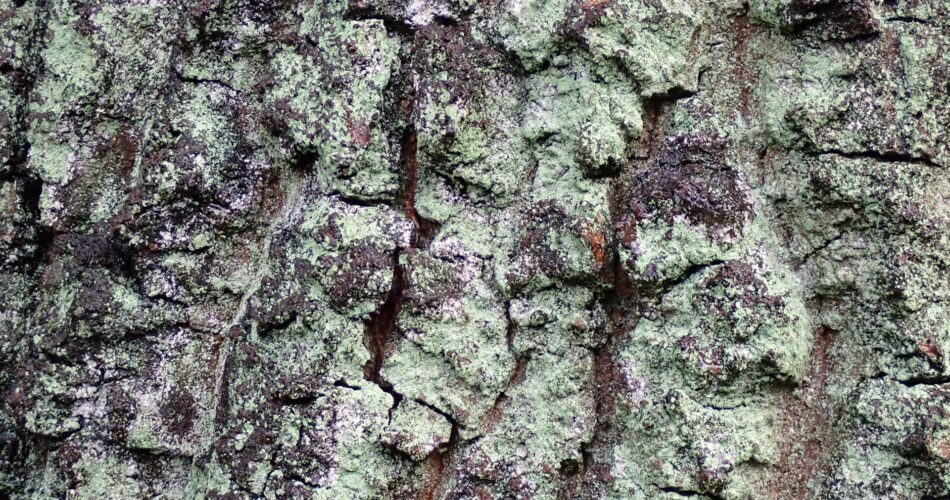Sacred balm has been rediscovered.
Horticulturists are excited about the growth of a 1,000-year-old seed, discovered nearly three decades ago, which is believed to produce a resin mentioned in several biblical passages. The seed was found by archaeologists from the Hebrew University of Jerusalem in the Lower Wadi el-Makkuk region between 1986 and 1989. The small seed, measuring just 1.8 cm in length and weighing 0.565 grams, was kept at the university before being selected for planting by Sarah Sallon, a natural medicine researcher and founder of the Louis Borick Natural Medicine Research Center in Jerusalem. In 2010, Sallon planted the seed in a greenhouse, where it successfully grew into a tree with the help of her colleagues.
The ancient seed, known as “Sheba,” has been identified as belonging to the Commiphora genus, the same family as frankincense and myrrh. Radiocarbon dating suggests the seed dates back to between 993 and 1202 AD. Scientific tests, including DNA sequencing and chemical analysis, confirmed that the plant is related to ancient resins and could potentially be the source of the “Tsori,” a balm mentioned in biblical texts.
The balm, which is often associated with healing properties, appears in several parts of the Bible, including Genesis, Jeremiah, and Ezekiel. In the Bible, “Tsori” refers to a balm traded by ancient civilizations and used for medicinal purposes. The discovery of this ancient Commiphora species could shed light on the origins of this biblical substance. Initial hypotheses about the seed being linked to the ancient Judean Balsam were dismissed, and researchers now suggest the plant may be a previously unknown species of Commiphora that was likely used for its medicinal properties.
The plant’s resin, based on chemical analysis, lacks volatile aromatic compounds, ruling out its use as a fragrance or perfume. However, the presence of specific compounds indicates it may have been used for medicinal purposes, such as wound healing and having anti-inflammatory, antibacterial, and antiviral effects. This supports the idea that the biblical balm may have had therapeutic uses, aligning with historical references to its healing properties.
The discovery also ties this plant to the Gilead region mentioned in the Bible, which was known for its fertile land and abundant natural resources. The ancient area of Gilead, located in modern-day Jordan, was historically famous for its production of medicinal plants. This new research suggests that the balm referenced in the Bible could have been sourced from this region, providing new insights into the historical and medicinal significance of ancient plants used in biblical times.
